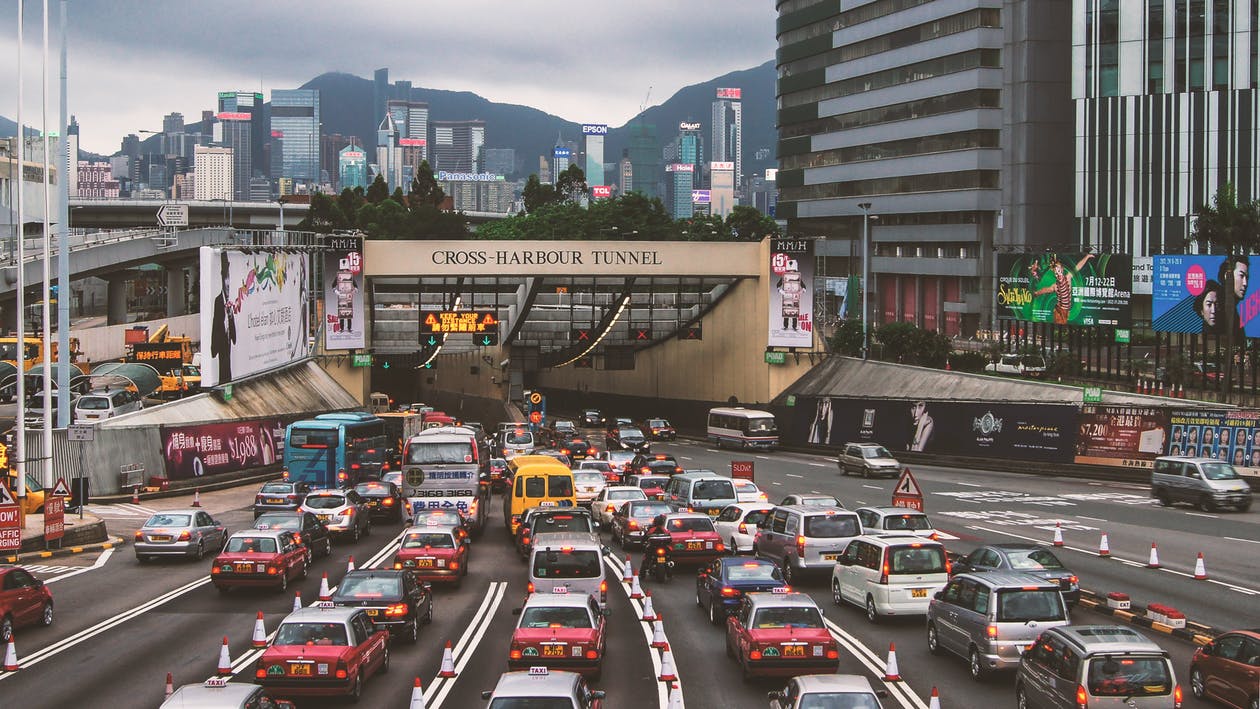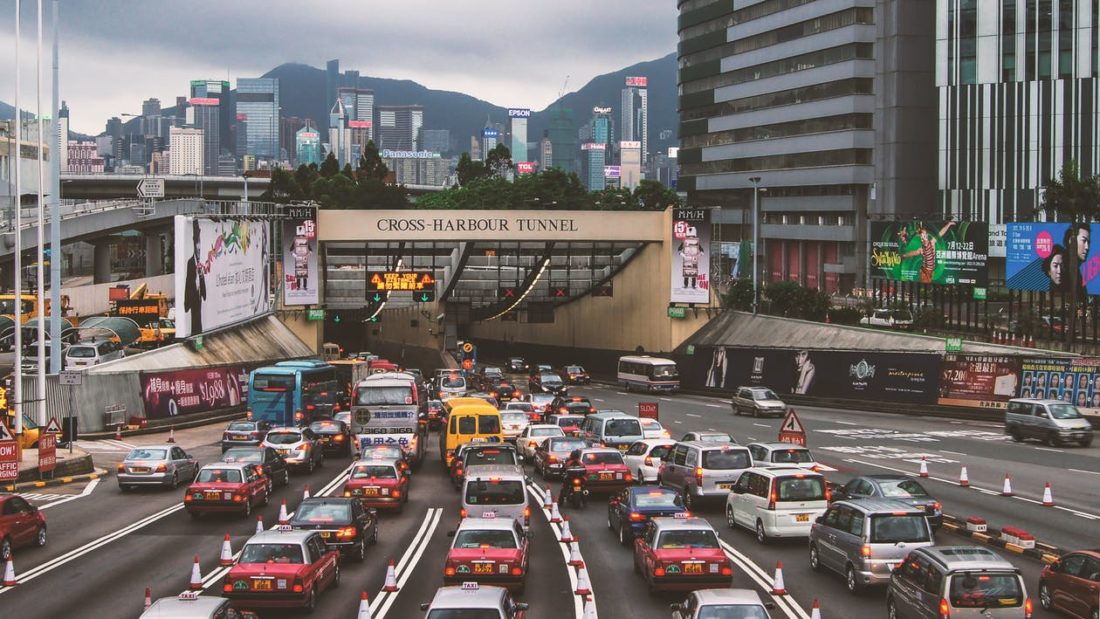
In a world where people are moving around more, and there are more cars on the road than ever before, big cities and capitals around the world are faced with the challenge as to what they can do to minimize traffic in their cities. It is not just the traffic which causes problems in the cites in terms of the amount of time it takes to get from A to B, but also the additional pollution which is caused by the volume of vehicles.
Each city has its own approach and I was speaking recently to Boris Blanche, an expert in this field who the magian director of the International Road Transport Union. Boris had been previously working as COO for the same company, and is widely considered as a highly knowledgeable man when it comes to transport. We were chatting about the traffic problem, and about how big cities can work on reducing it.
Charging
Some cities such as London for example, have brought in a highly priced levy which road users must pay if they want tho drive in certain areas of the city. In London for example, there is a large congestion zone which is monitored using cameras, these cameras scan the number plate of those driving within the limits, and if they haven’t paid the congestion charge, they face hefty fines. What this means is that pedestrians are not only safer, but they can get around on foot, bike and public transport with much more ease and much quicker.
Public Transport
Many cities across the world understand the benefits of public transport to both reduce congestion, and treat the environment better. Many cities such as New York, London and Mexico City have relied on the metro system for many years but they have also invested heavily in bus routes, bus lanes, more busses, as well as looking to novel ideas such as cable cars, and individual pedestrian pods which are currently being trialled throughout some cities. Public transport can take more people at once, in a shorter space of time and they will always be the preferred method of transport for city governments.
Rental Bikes
Rental bikes have really taken off in cities throughout the world and the success of them have surprised many. If you aren’t familiar with these bikes, they are basically simple pushbikes which are placed throughout the city, using an application you can unlock a bike and go wherever you need to go, you will then be charged for usage via your bank account once you park the bike up again. These bikes are kept in good condition and they are usually free for the first 30 minutes. Given that many people can arrive where they need to be in 30 minutes or less, most people don’t pay, making them all the more popular. Taking your own bike means finding somewhere to store it and locking it up, problems which don’t exist with this option.
